
Hércules ya había cumplido con los diez trabajos que se le habían encomendado. Pero Euristeo afirmaba que dos de ellos no contaban: el de la Hidra, ya que le había ayudado Yolao; y el de los establos de Augías, porque los ríos hicieron el trabajo. Así que Hércules debería afrontar dos misiones más.
Hercules had completed the ten labours. But Eurystheus claimed that two of them were void: that of the Hydra, because he was helped by Iolaus, and that of the Augean stables, because the rivers did his work. So he should face two additional missions.
La undécima prueba consistía en robar las manzanas del Jardín de las Hespérides. En dicho jardín crecía un árbol cuyas manzanas doradas proporcionaban la inmortalidad. Este árbol se lo había regalado la diosa Gea a Hera por su boda con Zeus.
The eleventh labour consisted in stealing some apples from the Garden of the Hesperides. In this garden it grew a tree that bore golden apples that grant immortality when eaten. The goddess Gea had given this tree to Hera as a wedding gift for her marriage with Zeus.
Hera encargó a las Hespérides que cuidasen del jardín, ayudadas por un dragón de cien cabezas llamado Ladón. Las Hespérides eran las tres hijas de Atlas, y ninfas de los árboles frutales.
Hera gave the Hesperides the task of taking care of the garden, helped by a hundred-headed dragon named Ladon. The Hesperides were the three daughters of Atlas, and they were nimphs of the fruit trees.
Así que Hércules se dispuso a viajar hasta el lejano occidente, donde se hallaba dicho jardín. Para ello debía atravesar la imponente cordillera del Atlas, en el norte de África, donde moraba el magnífico gigante que sostenía sobre sus hombros los pilares que soportaban el cielo.
Hercules prepared to travel to the far west, where this garden was supposed to be. He had to cross the imposing Atlas Mountains, in North Africa, where he met the gorgeous giant holding on his shoulders the pillars supporting the sky.
Cuando le encontró, Hércules le convenció de que robase por él algunas manzanas de oro del jardín que custodiaban sus hijas, mientras que él se ofrecía a sujetar el cielo en su lugar.
When Hercules found him, he persuaded him to steal for him some of the golden apples from the garden guarded by his daughters, while he offered to hold up the sky in his place.
Cuando Atlas volvió con las frutas, se ofreció a ser él quien se las llevase a Euristeo, ante lo cual Hércules le pidió que le sostuviese un momento los cielos mientras se colocaba mejor la capa. Atlas aceptó ayudarle, y en ese momento Hércules aprovechó para huir con las manzanas doradas.
When Atlas returned, he offered to carry the fruits to Eurystheus. Hercules asked him to hold the sky for a moment, just to make his cloak more comfortable. Atlas agreed, and then Hercules fled away carrying the golden apples.
Mientras tanto, en el jardín de las Hespérides, Ladón, el dragón que custodiaba el árbol y que había sido vencido por Atlas, agonizaba en el cielo. Antes de hundirse definitivamente en el océano, algunas gotas de sangre que manaban de las heridas mortales cayeron sobre las Islas Canarias, y de cada una de ellas nació un drago, o árbol dragón. Estos árboles tienen un grueso tronco del que brotan numerosas ramas retorcidas cual si fuesen las cien cabezas de Ladón.
Meanwhile, in the Garden of the Hesperides, Ladon, the Dragon guarding the tree, had been defeated by Atlas, and was flying fatally injured. Before it finally sank into the ocean, a few drops of its blood flowed out from its mortal wounds and fell upon the Canary Islands, and from each one of them it grew a drago, or dragon tree. These trees have a thick trunk with many twisted branches sprouting like if they were the hundred heads of Ladon.
Muchos siglos más tarde, un mercader llegó a la isla de Tenerife en busca de sangre de drago. Desembarcó en la playa de San Marcos, cerca de Icod de los Vinos, donde encontró a unas muchachas guanches bañándose.
Many centuries later, a merchant came to the island of Tenerife in search of blood of dragon tree. He landed on San Marcos beach, near Icod de los Vinos, where he found some Guanches girls that had gone bathing.


Capturó a una de ellas, la cual le ofreció una manzana. Estando desprevenido mientras la comía, la muchacha aprovechó para escapar. El navegante la siguió por los acantilados, y luego a través de un denso bosque, hasta que la acorraló junto a un árbol.
He captured one of them, who offered him an apple. When he was eating it, she took the opportunity to run away. The sailor followed her through the cliffs and through a dense forest, until he cornered her near a tree.
De pronto, aquel árbol en el que se había refugiado la dama empezó a mover sus ramas como si de cien dagas se tratara. El joven se defendió, e incluso consiguió clavar su espada en el tronco.
Suddenly, the tree, in which the lady had taken refuge, began to move its limbs as if they were a hundred daggers. The young man defended, and even plunged his sword in the trunk.
Entonces de la herida comenzó a brotar un líquido rojo y denso como la sangre, y el extranjero empezó a relacionar todo lo que veía a su alrededor: el árbol mágico, la ninfa, el dragón, la manzana...
Then the wound began to sprout a red and thick liquid like blood, and the stranger began to connect in his mind everything he saw around him: the magical tree, the nymph, the dragon, the apple...

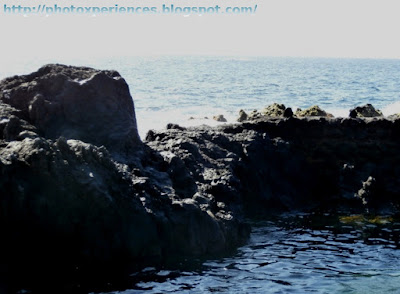
Huyó despavorido hacia la costa, se montó en su embarcación y remó lo más rápido que pudo, sin mirar hacia atrás.
He ran quickly in terror to the coast, jumped to his boat, and rowed as fast as he could, without looking back.
En Icod sigue existiendo aún este ‘Drago’ milenario (hay estudios que dicen que tiene entre 600 y 3.000 años de antigüedad). Tiene un diámetro de 20 metros en su base, y una altura de 17 metros. Es todo un icono de la isla.
We can still see the 'thousand-year-old Drago’ in Icod (some scientists think its age to be around 600 years, with a maximum of 3,000 years). It has a diameter of 20 metres at its base, and is 17 metres high. It’s an icon of the island.

Esta especie, la Dracoena Draco, tiene una resina incolora que, en contacto con el aire y al condensarse, adquiere el color de la sangre. Desde tiempos inmemoriales se le han atribuido propiedades curativas.
This species, the Dracoena Draco, has a colorless resin that, on contact with air, condenses and becomes red like the blood. From ancient times it’s been ascribed healing properties.
Los romanos ya viajaban a las Canarias en busca de la sangre de drago o ‘Cinnabaris’, la cual, según Plinio, era usada por las damas de la alta sociedad romana para confeccionar cosméticos. En la Edad Media se le atribuían propiedades para combatir la lepra, y servía para fabricar tintes y barnices, y como antioxidante para las herramientas de hierro.
The Romans traveled to the Canary Islands in search of the blood of Drago or 'Cinnabaris'. According to Pliny, it was used for making cosmetics for the Roman ladies. In the Middle Ages it was attributed properties to fight leprosy, and for making dyes and varnishes and iron tools.
Y es posible que en algunos de sus viajes se encontrasen con el dragón defendiendo los frutos y la savia de los árboles, en forma de volcán en llamas, lanzando fuego por su boca, escupiendo gases fétidos y arrasando todo a su alcance.
And it’s possible that in some of this travels they met the dragon defending the fruits and the tree sap, as an erupting volcano, breathing fire from his mouth, spitting out foul gases and destroying everything within reach.
Sin duda, un magnífico árbol y una magnífica isla que merece la pena visitar.
No doubt, an amazing tree and an amazing island that are worth visiting.





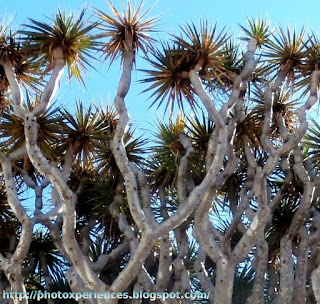

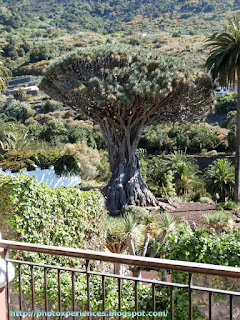


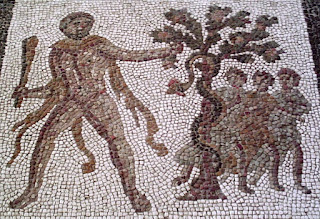

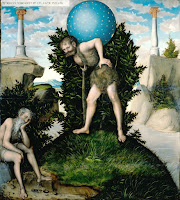






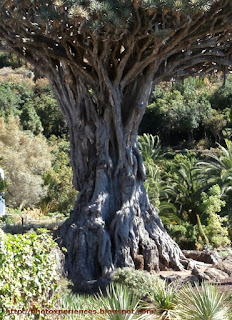





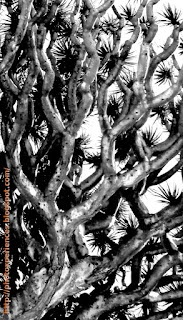
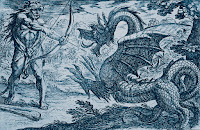

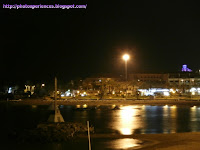

No hay comentarios:
Publicar un comentario